Glucose and Lactate analyzers for athletes
Biosen analyzers can be manufactured as single channel lactate systems or as dual channel systems that can measure glucose at the same time. Biosen uses a special chip sensor technology to deliver fast measurements with a high degree of accuracy at a low cost per test. Due to the long life of the sensor chip the system requires little maintenance, features such as the touch screen and large memory only add to the Biosen analyzer’s user-friendliness.
An integrated barcode reader and printer are also available with most configurations, allowing entire teams of athletes to have multiple step-tests during training.
Biosen can test blood, plasma or serum to provide lactate and glucose values with excellent precision (less than 2% CV) over a wide measurement range.
Easy to use
Accurate and reliable
Maximum efficiency and convenience
Efficient data handling
Lactate is produced when the muscles use carbohydrates to create energy for exercise. The underlying metabolic process is the glycolysis. It happens continuously but increases when energy demand is high for a prolonged period of time and availability of oxygen to the cells is limited.
Increased glycolysis produces hydrogen ions and lactate, and it’s the hydrogen ions that cause pain, sore muscles, cramps and fatigue. The body protects itself by telling you: “I can’t do this anymore”.
Regular endurance sports should only take place within the respective ‘lactate steady-state’ – a well-balanced relationship between lactate production and elimination.
Lac [blood] = Lac [produced] ¬ Lac [eliminated ]
During endurance exercises such as long-distance running and cycling, when the demand for energy is high, lactate is produced faster than the ability of the tissues to remove it. As a result, lactate concentration in the blood begins to rise.
The use of a lactate analyzer helps coaches and athletes to determine optimum training programs, define training zones, and avoid inefficient training exercises.
Intense training teaches the body to use lactate as a source of fuel on a par with the carbohydrates stored in muscle tissue and blood sugar. Athletes increase their lactate threshold by training harder, this means their blood lactate increases later and they can maintain a higher workload.
In fitness, sports, and cardio-rehabilitation measuring lactate is supportive to define training intensities for maximum fat catabolism, increases in endurance, and avoid critical over-exhaustion.
With higher exercise intensity the lactate level in the blood reaches the anaerobic threshold or the onset of rapid blood lactate accumulation. This point can be determined in step tests with increasing training intensity in defined intervals e.g., on a treadmill, bicycle or in a field test. The higher the level of effort is when the rise of lactate indicates the anaerobic threshold the better is the performance status of the athlete.
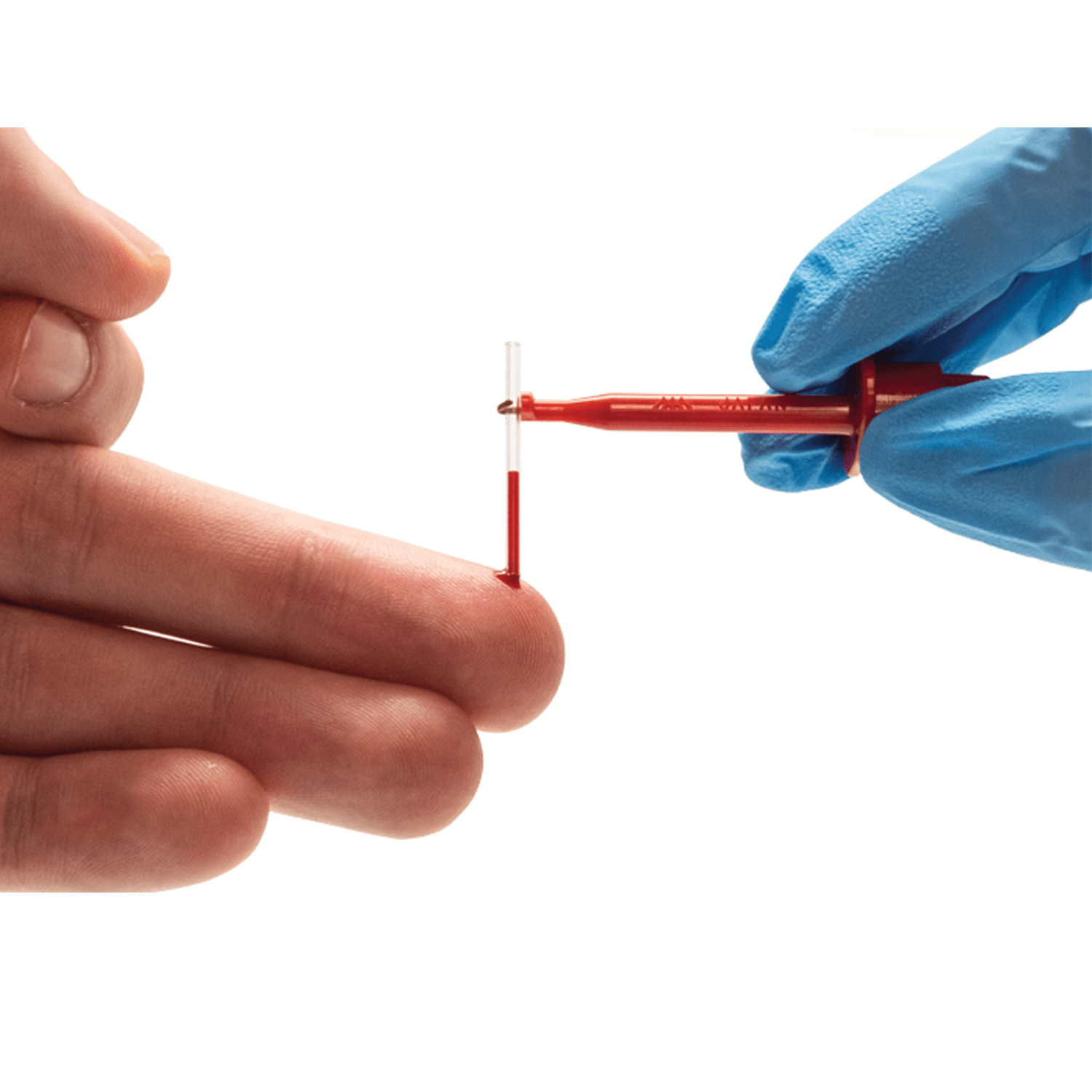
There are many uses of lactate in healthcare. Some of these are well established, for example lactate measurement in fitness and cardio training. As a world-leader in lactate, EKF has been closely involved in recently developed applications of lactate in obstetric medicine.
Regular endurance exercise has many benefits for health and well-being. It has been proven to lower systolic and diastolic blood pressure, improve insulin sensitivity and lower HbA1c levels, lower triglycerides and increase HDL-cholesterol. Regular power exercise, meanwhile, can increase insulin sensitivity.
The maximal fat oxidation rate is reached under long term aerobic conditions because this is when predominantly free fatty acids are used as the energy source. In contrast, under anaerobic conditions mainly carbohydrates are used for generating energy.
The measurement of lactate during step tests reveals the shift from aerobic (oxygen dependent) to complementary anaerobic (non-oxygen dependent) metabolism. The knowledge of this ‘anaerobic threshold’ can be used for the definition of training intensities and conditions to achieve optimal fitness and weight reduction.
Furthermore, lactate testing can support a secure and efficient training avoiding critical over-exhaustion
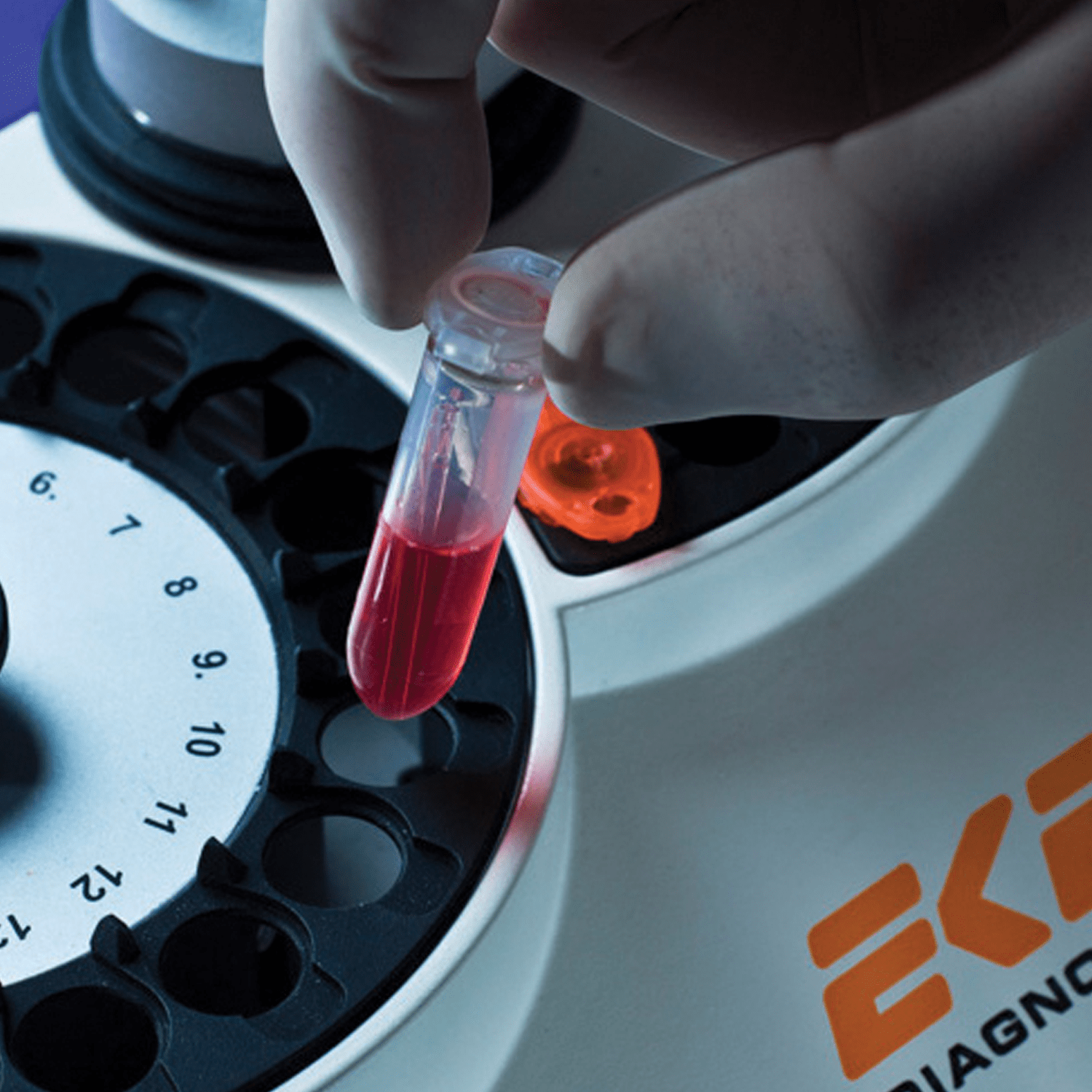
Service is essential to keep medical equipment operational and safe. Our Nordic service team consists of experienced service technicians stationed across the Nordic countries. Our service technicians are ready to take on your every service need.”
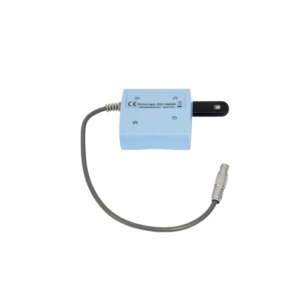
Rigel Puls-R SpO2 Finger Simulator
The compact Rigel PULS-R universal SpO2 simulation finger is the latest accessory to the Rigel UNI-SIM and SP-SIM vital-signs simulators.
Able to simulate accurate SpO2 simulations in 1% resolution from as low as 30%* using the pre-programmed manufacturer specific R-curves, the PULS-R can also be configured to meet customer specific R-curves using the simple to use configuration tool
* subject to monitor capability
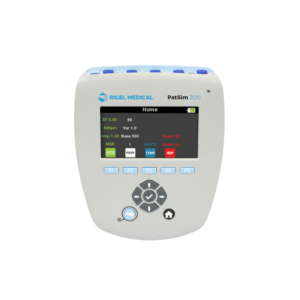
A cost effective, easy to use patient simulator
The PatSim 200 from Rigel was designed to make every patient simulation quicker. Unlike other Patient Simulators, the PatSim uses a home and recall function to easily move between tests and store your most used sequences, no more clicking and scrolling through ‘tree style’ hierarchy to perform each test. Some of the most unique features include:
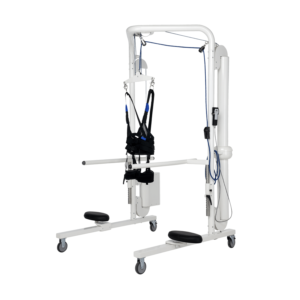
Reliable support system for rehabilitation
The Lode Body Weight Support System (BWSS) is especially developed to support patients that are not able to walk independently. They need support in order to be able to learn how to walk again. The Lode BWSS is the perfect product to enable this. During the training session, the patient weight can be supported accurately up to 80 kg, allowing a broad range of patients to use the system. The compensation weight can easily be adjusted with a remote control. The weight is compensated through a Unique use of spring combinations, which is a breakthrough and provides the most stable compensation system. This system is suitable for treadmills with a maximum walking surface width of 60 cm. It is standard supplied with a harness size M.
The height of the product is suitable for normal rooms (from 2,5 meters). For higher rooms you may consider to order height adjustment parts to enable use by taller patients. This will increase the height with 18 cm.

Reliable respiration monitoring
The SISS BABYCONTROL monitors respiration of babies and infants and can thus provide reliable assistance against «Sudden Infant Death». High reliability, simple operation and convenient size make the SISS BABYCONTROL® a universally applicable instrument for baby monitoring in hospitals or at home.
Being prepared
Still today, “Sudden Infant Death” is an unforeseeable occurrence. 80% of the affected infants are entirely healthy beforehand. Only 20% are from so-called risk groups (former premature births or babies already suffering from life-threatening conditions or with a «Sudden Infant Death» among close relatives). Only a prompt alarm in the event of irregularities provides the chance to apply life-saving measures within the shortest possible time. Such measures should be learned beforehand in special courses.